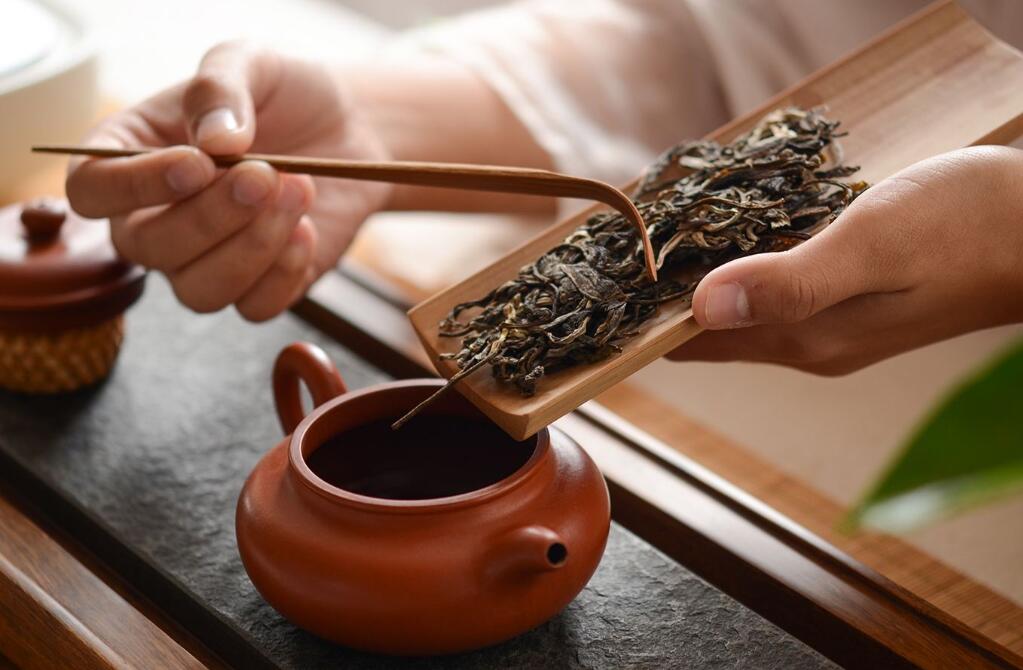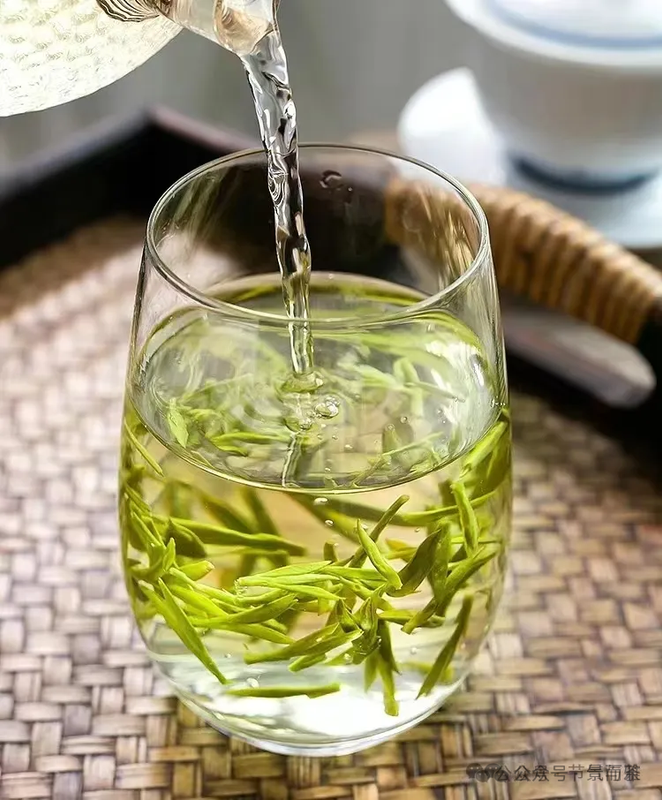Pu-erh tea, a post-fermented marvel from Yunnan Province, is revered for its earthy complexity, medicinal lore, and ability to age like fine wine. Whether it’s the brash bitterness of raw sheng pu-erh or the mellow sweetness of ripened shou pu-erh, this tea demands teaware that respects its fermented soul while unlocking its layers of flavor. Unlike delicate green teas or floral oolongs, pu-erh thrives in vessels that balance heat retention, oxidation, and ritual. Here’s how to brew a cup that honors its storied legacy.

1. Yixing Clay Pots: The Soul of Traditional Brewing
In the misty mountains of Xishuangbanna, Yixing zisha clay pots are considered pu-erh’s spiritual companion. Their porous, unglazed interiors absorb the tea’s essence over decades, creating a symbiotic relationship that mellows tannins and deepens complexity.
Why They Shine:
- Flavor Seasoning: Yixing’s micro-pores “breathe” with the tea, gradually softening harshness and enhancing body.
- Heat Retention: Thick clay keeps water hot during long infusions, essential for extracting full flavor from compressed cakes.
- Cultural Pedigree: These pots have been prized since the Ming Dynasty for their ability to transform raw sheng pu-erh into velvety elixirs.
Pro Tip: Use a dedicated pot for each pu-erh type (e.g., one for aged sheng, another for ripe shou) to avoid flavor crossover.
2. Porcelain Gaiwans: Precision for the Connoisseur
For tea explorers seeking to dissect pu-erh’s nuances, porcelain gaiwans offer a neutral canvas. Their wide opening and lid allow you to inspect leaf quality, while the non-porous material ensures no interference with delicate aromas.
Advantages:
- Aroma Amplification: Lift the lid to inhale the tea’s evolving fragrance—from damp earth to leather to faint camphor.
- Temperature Control: Porcelain retains heat moderately, preventing scalding in younger pu-erhs.
- Ritual Appeal: The gaiwan’s simplicity invites mindfulness, whether brewing alone or sharing.
Pairing Suggestion: Use a 150–200ml gaiwan for 5–7 grams of tea, adjusting steeping time (10–30 seconds) to unlock flavor layers.
3. Iron Kettles: Boiling with Purpose
In Tibetan and Mongolian traditions, iron kettles (tetsubin) are prized for their ability to maintain rolling boils—critical for pu-erh’s high-temperature extraction. Iron’s conductivity ensures even heating, while its subtle oxidation over time adds mineral depth to the brew.
Why It Works:
- Water Quality: Iron ions soften water, reducing bitterness in aged teas.
- Heat Stability: Thick iron walls keep water hot for hours, ideal for multi-infusion sessions.
- Rustic Charm: A well-seasoned tetsubin develops a patina that tells stories of countless brews.
Pro Tip: Avoid scrubbing the interior—the natural oxide layer enhances flavor.
4. Thick-Walled Ceramic Cups: For the Bold and Earthy
In Guangzhou’s tea houses, thick-walled ceramic cups are favored for their ability to retain heat and soften astringency in pu-erh.
Why They Work:
- Temperature Stability: Insulating ceramic keeps tea warm during slow sips.
- Mouthfeel Enhancement: The cup’s weight and texture contrast beautifully with pu-erh’s silkiness.
- Rustic Charm: Unglazed stoneware cups, often hand-thrown, add earthy authenticity to the ritual.
Pairing Suggestion: Match a rough-hewn cup with a roasted shou pu-erh for a tactile and gustatory dialogue.
5. Glass Teapots: Modernity Meets Tradition
For pu-erhs with striking leaf aesthetics—like the “golden flowers” of Fu Brick or the mossy cakes of Liubao—glass teapots offer a striking visual contrast.
Key Features:
- Heat Resistance: Borosilicate glass withstands boiling water without warping.
- Flavor Neutrality: Glass won’t absorb or alter the tea’s profile, ideal for assessing quality.
- Aesthetic Drama: Pair with a tea warmer to maintain temperature during leisurely sessions.
Pro Tip: Serve in hand-blown glass cups to admire the tea’s gradient hues from mahogany to ruby.
Final Considerations: Beyond the Basics
- Aging Potential: Store pu-erh in porous clay jars to encourage slow oxidation, mimicking natural aging.
- Cultural Context: In Hong Kong, pu-erh is brewed in clay pots during ancestral rituals, while in Taiwan, it’s served in tiny “thimble cups” to savor intensity.
- Sustainability: Choose lead-free glazes and ethically sourced clay.



